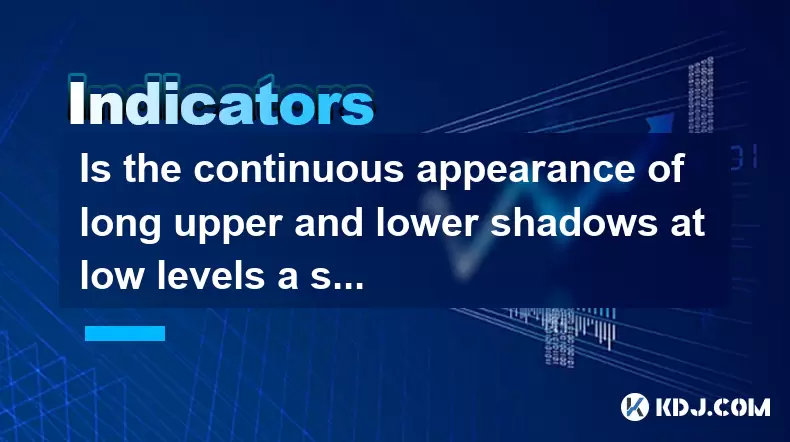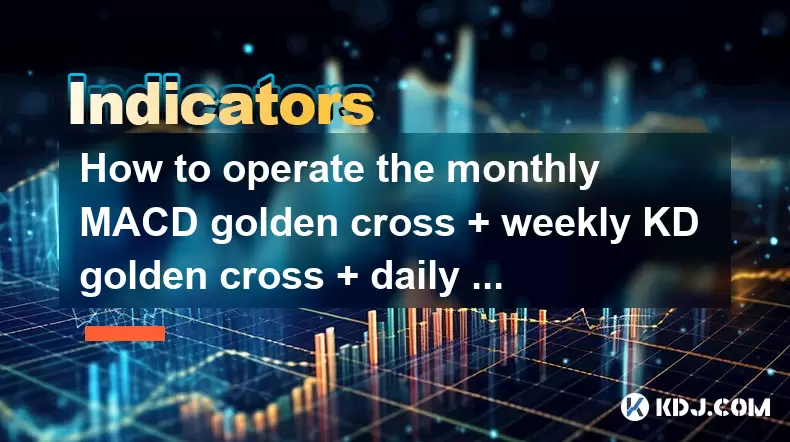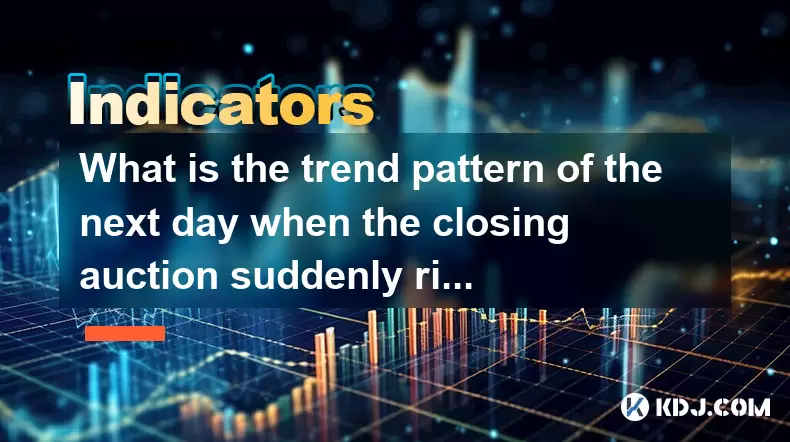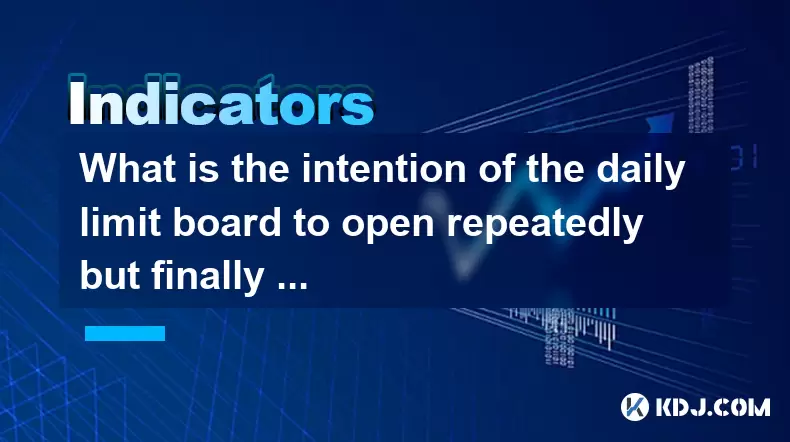-
 Bitcoin
Bitcoin $105,564.0464
0.23% -
 Ethereum
Ethereum $2,532.7861
-0.95% -
 Tether USDt
Tether USDt $1.0005
0.00% -
 XRP
XRP $2.1504
-0.10% -
 BNB
BNB $647.9477
-0.64% -
 Solana
Solana $145.7444
-0.88% -
 USDC
USDC $0.9999
0.01% -
 Dogecoin
Dogecoin $0.1778
-0.04% -
 TRON
TRON $0.2718
0.14% -
 Cardano
Cardano $0.6284
-1.25% -
 Hyperliquid
Hyperliquid $40.5452
-3.15% -
 Sui
Sui $2.9851
-1.60% -
 Chainlink
Chainlink $13.2472
-0.45% -
 Bitcoin Cash
Bitcoin Cash $437.5258
-1.68% -
 UNUS SED LEO
UNUS SED LEO $9.1153
0.92% -
 Stellar
Stellar $0.2577
-0.77% -
 Avalanche
Avalanche $18.9603
-1.59% -
 Toncoin
Toncoin $2.9625
-1.72% -
 Shiba Inu
Shiba Inu $0.0...01211
-0.08% -
 Litecoin
Litecoin $85.7512
-0.61% -
 Hedera
Hedera $0.1540
-2.92% -
 Polkadot
Polkadot $3.7877
-0.71% -
 Ethena USDe
Ethena USDe $1.0004
-0.01% -
 Monero
Monero $314.6226
1.31% -
 Dai
Dai $1.0000
0.00% -
 Bitget Token
Bitget Token $4.5216
-0.55% -
 Pepe
Pepe $0.0...01105
-1.09% -
 Uniswap
Uniswap $7.3637
-2.47% -
 Pi
Pi $0.6184
6.26% -
 Aave
Aave $275.1479
-4.78%
Is the continuous appearance of long upper and lower shadows at low levels a signal of accumulation?
Repeated long upper and lower candlestick shadows at low price levels in crypto often signal potential accumulation, especially when accompanied by rising volume and bullish price behavior.
Jun 15, 2025 at 01:43 am

Understanding Long Upper and Lower Shadows in Candlestick Charts
In the world of cryptocurrency trading, candlestick patterns are widely used to analyze price movements. A long upper shadow, also known as a wick or tail, indicates that the price rose significantly during the period but was pushed back down by selling pressure. Conversely, a long lower shadow suggests that the price dropped sharply but was then pulled back up by buying interest. When these types of shadows appear repeatedly at low price levels, traders often wonder whether this is a sign of accumulation.
The key idea behind analyzing these candlestick formations lies in understanding market psychology. At lower price zones, repeated rejections—either from above (long upper shadows) or below (long lower shadows)—can signal that institutional players or large holders are actively stepping in to either support the price or resist further declines.
What Do Repeated Long Shadows at Low Levels Indicate?
When long upper and lower shadows appear frequently at the bottom of a downtrend, it suggests indecision and volatility within the market. However, such patterns can also indicate that demand is increasing at these price levels. This is especially true if the volume accompanying these candles rises compared to previous sessions.
- Long upper shadows may reflect failed attempts by bears to push the price lower.
- Long lower shadows may represent aggressive buying after sharp drops.
The combination of both types of shadows appearing repeatedly could mean that buyers are becoming more active and testing the strength of support levels. If these patterns occur over several candlesticks without breaking the previous lows, it may point to a potential accumulation phase.
How to Differentiate Between Accumulation and Distribution Patterns
One of the most challenging aspects for traders is distinguishing between accumulation and distribution using candlestick shadows alone. Here are some factors that help differentiate the two:
- Volume analysis: During accumulation phases, volume typically increases when the price rises and contracts on pullbacks. If the shadows form with rising volume on the buy side, it supports the idea of accumulation.
- Price behavior after shadows: After repeated long shadows at lows, if the price begins to consolidate sideways or starts forming higher lows, it may indicate that buyers are gaining control.
- Timeframe considerations: These patterns are more meaningful on higher timeframes like 4-hour or daily charts. On smaller timeframes, they might just reflect noise rather than real institutional activity.
It’s crucial not to rely solely on candlestick shadows but to combine them with other tools like volume indicators, moving averages, and order flow analysis.
Technical Confirmation Through Support and Resistance Levels
Support and resistance play a vital role in validating whether long shadows at low levels are part of an accumulation pattern. If the price repeatedly tests a specific support level and bounces back with long lower shadows, it shows that buyers are stepping in consistently.
Traders should look for the following signs:
- Multiple retests of the same support zone with rejection candles
- Higher reaction highs after each test, indicating strengthening momentum
- Breakout confirmation above a key resistance level following the accumulation phase
Using horizontal support zones and trendlines can enhance the accuracy of identifying accumulation areas. Additionally, tools like Fibonacci retracement levels can help identify where institutional buyers might be entering the market.
Practical Steps to Analyze These Patterns in Cryptocurrency Markets
To effectively evaluate whether long shadows at low levels signal accumulation, follow these steps:
- Identify recent price action context: Determine whether the asset is in a downtrend or consolidating. Look for significant prior selling pressure before the appearance of long shadows.
- Locate key support levels: Mark the lowest points where the long lower shadows begin to appear. These zones should be revisited multiple times to qualify as potential accumulation areas.
- Analyze volume dynamics: Use volume profile or on-balance volume (OBV) to confirm whether buying pressure is increasing during these candle formations.
- Observe candlestick structure: Look for bullish engulfing patterns, hammer candles, or morning star formations near these levels as additional confirmation.
- Monitor subsequent price movement: Wait for the price to break out above resistance or start forming higher highs and higher lows to validate the accumulation hypothesis.
This process requires patience and discipline. Jumping into trades based solely on candle shadows can lead to false signals and losses.
Common Misinterpretations and How to Avoid Them
Many traders misread long shadows at low levels due to a lack of proper context or confirmation. Some common mistakes include:
- Assuming every long shadow at a low is a reversal signal
- Ignoring volume and relying only on candlestick shape
- Failing to wait for a breakout or trend confirmation after the pattern forms
Avoiding these pitfalls involves combining candlestick analysis with broader technical frameworks. It's essential to remember that even if accumulation is occurring, the market may take time to shift direction. Premature entries without sufficient confirmation can expose traders to extended drawdowns.
Frequently Asked Questions (FAQ)
Q: Can long upper and lower shadows appear during a downtrend without indicating accumulation?
Yes, they can. In fact, during strong downtrends, these shadows often appear due to short-term volatility and panic selling, not necessarily because of buying pressure. It's important to assess the broader trend and volume before interpreting these patterns as accumulation signals.
Q: Is it reliable to trade based solely on candlestick shadows at low levels?
No, trading decisions should never rely solely on candlestick shadows. Always use volume, support/resistance levels, and possibly on-chain data to improve the reliability of your analysis.
Q: What timeframe is best for observing accumulation through long shadows?
Daily and 4-hour charts are generally more reliable for spotting accumulation patterns. Shorter timeframes tend to produce more noise and less actionable signals.
Q: How do I know if the price has truly started accumulating rather than just bouncing temporarily?
Look for structural changes in price behavior such as consolidation after volatility, increased volume on up days, and a gradual formation of higher lows. A confirmed breakout above key resistance levels also serves as validation.
Disclaimer:info@kdj.com
The information provided is not trading advice. kdj.com does not assume any responsibility for any investments made based on the information provided in this article. Cryptocurrencies are highly volatile and it is highly recommended that you invest with caution after thorough research!
If you believe that the content used on this website infringes your copyright, please contact us immediately (info@kdj.com) and we will delete it promptly.
- PayPal's PYUSD Stablecoin Investigated by the SEC, But No Enforcement Action Is Being Sought
- 2025-06-15 11:25:12
- Turbo (TURBO) Price Prediction 2025-2030: Can Turbo Rocket Upwards Once Again and Deliver a New All-Time High?
- 2025-06-15 11:25:12
- Eric Trump Says Banks Will Need to Utilize Blockchain Technology if They Want to Survive the Next Decade
- 2025-06-15 11:20:12
- Cardano [ADA] Surpasses Ethereum [ETH] in Developer Activity, Signaling a Potential Shift in the Competitive Landscape of Blockchain Platforms.
- 2025-06-15 11:20:12
- The Intersection of Artificial Intelligence and Crypto Is Heating Up, and May 2025 Is Shaping Up to Be a Pivotal Month for Some of the Sector's Most Promising Tokens
- 2025-06-15 11:15:11
- Bybit Launches 1V1 Trading Arena, Gamifying Trading Experience for Crypto Pros and Beginners
- 2025-06-15 11:15:11
Related knowledge

How to operate the monthly MACD golden cross + weekly KD golden cross + daily volume breakthrough?
Jun 15,2025 at 05:36am
Understanding the Strategy: Monthly MACD Golden CrossTo effectively operate the monthly MACD golden cross, traders must first understand what this signal entails. The MACD (Moving Average Convergence Divergence) golden cross occurs when the MACD line crosses above the signal line on a given chart timeframe. When this happens on the monthly chart, it sug...

What is the trend pattern of the next day when the closing auction suddenly rises?
Jun 15,2025 at 08:15am
Understanding Closing Auctions in Cryptocurrency MarketsIn the context of cryptocurrency trading, a closing auction refers to a mechanism used by exchanges to determine the closing price of an asset at the end of a trading session. This process typically occurs within a short time window before the market closes for the day and aims to provide a fair an...

What does it mean when the volume fluctuates during the sideways trading at high levels?
Jun 15,2025 at 10:28am
Understanding Volume Fluctuations in Sideways TradingWhen volume fluctuates during sideways trading at high levels, it refers to the changes in the number of assets traded over a given period while the price remains relatively stable, moving within a defined range. This phenomenon typically occurs when the market lacks a clear directional bias—neither b...

Is the continuous appearance of long upper and lower shadows at low levels a signal of accumulation?
Jun 15,2025 at 01:43am
Understanding Long Upper and Lower Shadows in Candlestick ChartsIn the world of cryptocurrency trading, candlestick patterns are widely used to analyze price movements. A long upper shadow, also known as a wick or tail, indicates that the price rose significantly during the period but was pushed back down by selling pressure. Conversely, a long lower sh...

What is the intention of the daily limit board to open repeatedly but finally close?
Jun 15,2025 at 01:08am
Understanding the Daily Limit Board in Cryptocurrency TradingIn cryptocurrency trading, a daily limit board refers to a price movement restriction mechanism applied by certain exchanges or regulatory bodies. This mechanism is primarily used to prevent extreme volatility and panic selling or buying during periods of intense market fluctuation. When an as...

How to calculate the probability of trend continuation after the MACD column divergence?
Jun 14,2025 at 08:01am
Understanding MACD Column DivergenceThe Moving Average Convergence Divergence (MACD) is a widely used technical indicator in cryptocurrency trading. The MACD column, also known as the histogram, represents the difference between the MACD line and the signal line. When price makes a new high or low but the MACD histogram does not confirm this movement, a...

How to operate the monthly MACD golden cross + weekly KD golden cross + daily volume breakthrough?
Jun 15,2025 at 05:36am
Understanding the Strategy: Monthly MACD Golden CrossTo effectively operate the monthly MACD golden cross, traders must first understand what this signal entails. The MACD (Moving Average Convergence Divergence) golden cross occurs when the MACD line crosses above the signal line on a given chart timeframe. When this happens on the monthly chart, it sug...

What is the trend pattern of the next day when the closing auction suddenly rises?
Jun 15,2025 at 08:15am
Understanding Closing Auctions in Cryptocurrency MarketsIn the context of cryptocurrency trading, a closing auction refers to a mechanism used by exchanges to determine the closing price of an asset at the end of a trading session. This process typically occurs within a short time window before the market closes for the day and aims to provide a fair an...

What does it mean when the volume fluctuates during the sideways trading at high levels?
Jun 15,2025 at 10:28am
Understanding Volume Fluctuations in Sideways TradingWhen volume fluctuates during sideways trading at high levels, it refers to the changes in the number of assets traded over a given period while the price remains relatively stable, moving within a defined range. This phenomenon typically occurs when the market lacks a clear directional bias—neither b...

Is the continuous appearance of long upper and lower shadows at low levels a signal of accumulation?
Jun 15,2025 at 01:43am
Understanding Long Upper and Lower Shadows in Candlestick ChartsIn the world of cryptocurrency trading, candlestick patterns are widely used to analyze price movements. A long upper shadow, also known as a wick or tail, indicates that the price rose significantly during the period but was pushed back down by selling pressure. Conversely, a long lower sh...

What is the intention of the daily limit board to open repeatedly but finally close?
Jun 15,2025 at 01:08am
Understanding the Daily Limit Board in Cryptocurrency TradingIn cryptocurrency trading, a daily limit board refers to a price movement restriction mechanism applied by certain exchanges or regulatory bodies. This mechanism is primarily used to prevent extreme volatility and panic selling or buying during periods of intense market fluctuation. When an as...

How to calculate the probability of trend continuation after the MACD column divergence?
Jun 14,2025 at 08:01am
Understanding MACD Column DivergenceThe Moving Average Convergence Divergence (MACD) is a widely used technical indicator in cryptocurrency trading. The MACD column, also known as the histogram, represents the difference between the MACD line and the signal line. When price makes a new high or low but the MACD histogram does not confirm this movement, a...
See all articles

























































































